Holistic Landscape Development in the Blackfeet Nation
By Amy Nelson
Native Canyou
Prior to the approval of the Blackfeet Water Compact in 2017, the tribe did not have the legal rights to determine desired management strategies for water on the reservation. The compact and associated Blackfeet Water Settlement Act provides the legal rights to large quantities of surface and groundwater on the reservation, and over $470 million in federal and state funding for agricultural irrigation and drinking water improvements, fisheries, recreational amenities, and more. The initial funding has just recently begun to be dispersed. The tribal government is aware that their current planing effort, and other related initiatives including the Blackfeet Climate Change Adaptation Plan, present an opportunity to comprehensively plan for how infrastructure will affect livelihoods in Blackfeet country for generations to come. How can water infrastructure serve multiple roles? How can cultural restoration, community capacity building, support for ecological systems, and economic growth become integral components of an infrastructure planning process? These are some of the driving questions behind the Blackfeet Tribe’s efforts.
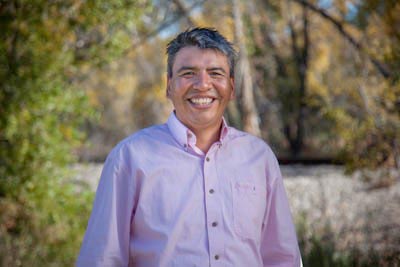
Loren Birdrattler is a member of the Blackfeet Tribe and the Program Manager for its Agricultural Resource Management Plan (ARMP) team. He recently represented the Tribe at the United Nations Permanent Forum on Indigenous Issues. He has a professional history in national political organizing in Indian Country, and was brought up in a family of Blackfeet horse and cattle ranchers. Through the ARMP, Loren and his team are taking the lead in expanding agricultural production and promoting economic growth which will champion long- lasting Blackfeet community health. Loren and his team also have an ardent commitment to “greening” their infrastructure system, and to developing in ways which will enhance the diversity of ecologically rare and culturally integral landscapes and species on the reservation.
As principle investigator for a project team in the departments of Landscape Architecture and Natural Resource Management from Cornell University, I’ve been collaborating with Loren over the past six months to examine opportunities for landscape designs and watershed management strategies which support prosperous ecological systems along with community-based agricultural health. It has been a deep honor to work with Loren and his team. He was kind enough to share his perspective with Leaf Litter readers.
I wanted to start by asking about your work in relation to two lawsuits which have large ramifications for the Tribe, in terms of land use planning: the Blackfeet Water Compact and Cobell settlement. Would you like to summarize how those changes affect your current planning?
Once we started the ARMP planning process two integral events took place that kind of changed the scope of the work that we were doing. The first was the Blackfeet Water Compact, which passed in June of last year and put the agriculture deliverables of the Water Compact under the ARMP. This added a tremendous amount of work product to our plan. So that first big event certainly reshaped the scope of our work. The second was the Cobell settlement land buyback program, through which the Tribe acquired 324,000 acres in fractionated trust land. Those acres go into our leasing system, which is mostly part of our rangeland inventory. Most of that land that the Tribe acquired already had current leasing on, so it didn’t free up new land; it just changed the ownership of current land and complicated our process a little bit.
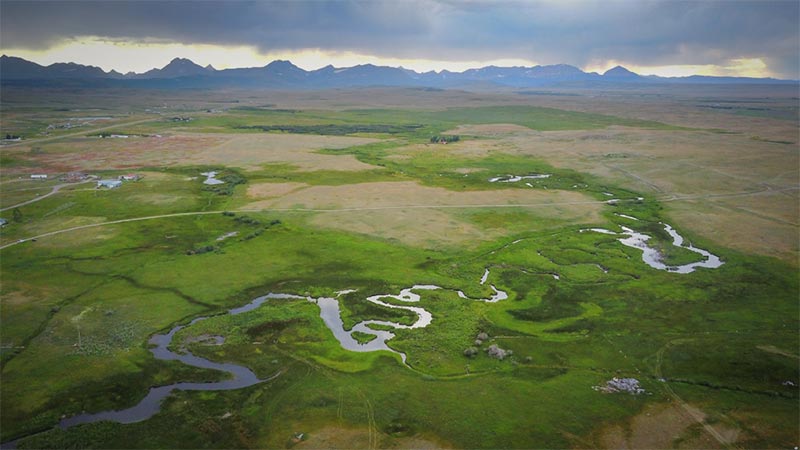
The ARMP is a contract between the tribe and the Bureau of Indian Affairs. How exactly does the logistical back and forth of that contract work?
Under public law, the ARMP allows the Tribe to contract inherent federal functions. Instead of the federal government taking the money to carry out these functions, they give the Tribe the money to carry out those functions as long as they stay within certain parameters. They do compliance just like any other federal entity would but aside from that, the Tribe has the latitude to develop something that is conducive to the Tribe, as opposed to what is solely in the framework of the federal government. So it gives the tribe a tremendous amount of flexibility to be creative about how they carry out those functions that they contracted from the federal government. It has afforded us the possibility to really cast a wide swath across industries and sectors to come up with a plan that is conducive to Blackfeet needs.
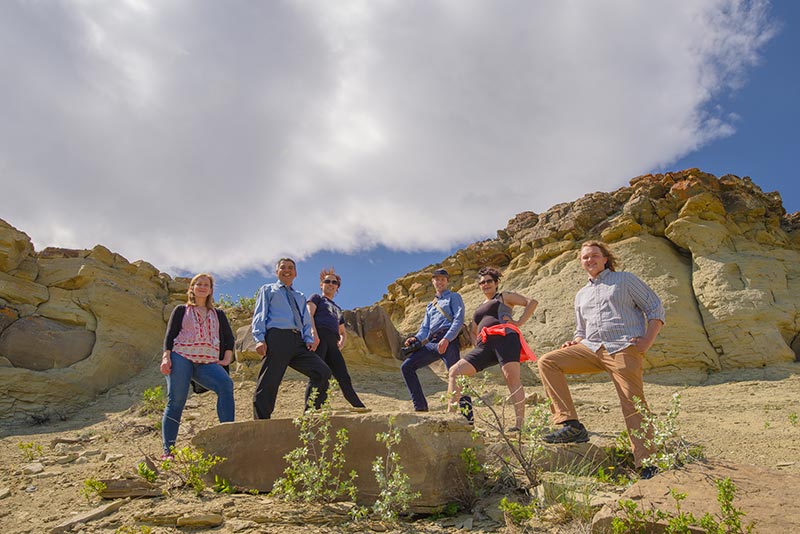
This gets at your work determining which Blackfeet needs can be addressed by the plan. You take a holistic perspective on land use planning and management. You are not just looking at one parameter for success, be it economic growth, food sovereignty, environmental protection, or land use development policy, but all of these mixed together. What does this holistic approach mean for you and how does it translate into what you take on as project manager?
You hear the terms “holistic approaches,” “holistic perspective,” or “holistic management” a lot of times. I mean a lot. It’s a popular concept right now. But there are very few people who are actually doing it [laughs]. I think the reason that very few people are actually doing it is because it does recognize the interdependent relationship of functions inside of a larger system. When you begin, from a planning perspective, to look at those interdependent functions and relationships within a larger system, it becomes complicated in a hurry because each one of those interdependent relationships or functions comes with a whole slew of people that manage that type of work or those types of functions. You’re not only changing the system itself, you’re changing all of the people associated with that system. We like to think of holistic perspectives as Blackfeet ways of knowing, of being, of teaching, and of planning. In working with that larger system, what you’re really doing is utilizing your core values to form your policy development and management practice. Whether that be natural resource management, agricultural resource management, wildlife management, or across the board. When we think about that from a practical perspective, we think about how we can utilize natural process. That is what we’ve always been doing as Native people, utilizing natural process and developing modern management practices based on natural process.
Can you describe a bit more about the current situation with water infrastructure on the reservation? What challenges it has posed for you in terms of development, and in opportunities for adaptive re-use?
What has really taken place is that the federal government has skirted their financial obligation to fix that system and passed it on to the Blackfeet Water Compact so now we’re charged with fixing it. But the opportunity is not the obligated responsibility for its upgrade, but to upgrade that system to make it top notch. We can step back and utilize assessment as an opportunity to go for alternative types of funding in other sectors to make the necessary upgrades and make the system green. Because it has been undeveloped for so long, as we implement the ARMP we have great opportunity to really explore alternative energy development, natural water storage capabilities, natural floodplain restoration, all of that. Because as we also know, when you make upgrades to the infrastructure system, all of the wetlands that have been created from the inefficiencies of that system are going to dry up, so it also gives up opportunities to look at more natural ways for water storage management, natural floodplain restoration. We’re developing a system that will allow us to swap the restoration of old wetlands for the drying up of old wetlands that have been created from the inefficiencies of the system.
We’re looking at an old defunct irrigation system that was built by the Army Corps of Engineers in the western part of the system but was never put online. We are thinking of using that as a research area for using indigenous methodologies for irrigation and water management. While we Blackfeet weren’t production farmers pre- Columbian contact, we want to do research around indigenous methodologies for water management.
That sounds like a wonderful idea. It should be noted here how incredibly diverse the Blackfeet Reservation is biologically and ecologically. Over 50% of all known native plants, amphibians, and reptiles within the state of Montana are present on the Blackfeet Reservation. Over 65% of all known native birds and fish are present and over 80% of all native mammals. This comes with a caveat that parts of the reservation haven’t yet been surveyed. Many of the prairie fens and other rare wetland types will likely persist in climate change scenarios longer than nearby comparative habitats, largely due to the strong wetland groundwater connectivity and adjacency to the headwaters, and thus serve as refugia for a number of rare plant and animal species. Can you talk a bit about the wide ranging importance of these resources and their role in your conversations around comprehensive planning?
I can’t speak in great detail because that’s not my field, but here’s what I do know. We make up 1.5 million acres [Blackfeet Reservation] out of 94 million acres [Montana] and so when you think about the intact biodiversity that exists here in Blackfeet country, we have an absolute responsibility as we move forward into policy development for agricultural resource management, natural resource management, all of that, to figure out how we preserve that biodiversity while allowing for commercial economic agricultural production. The Blackfeet Department of the Environment, under [Blackfeet General Assistance Program Manager] Gerald Wagner, has done a tremendous job developing policy around water quality standard for wetlands. They’ve also done a lot of work around mapping biodiversity here in Blackfeet. So we’re working with their botanist to identify different invasive species, endangered plant and animal species, hotspots for habitat, so we can map that information and then utilize it to help us make better informed decisions around wildlife conservation areas. My office is working to ensure that we have all of this data. Our partnership with Cornell University is helping us to pull a lot of that data together and lay out recommendations so that we actually have an action plan.
At the very end of the day we have an obligation not just to ourselves, but to our children, to ensure that we are leaving them a better, intact ecosystem. When you look across the globe, some of the most intact ecosystems exist in indigenous areas and our area is no different. We have a tremendous amount of biodiversity, and if we aren’t thinking about preserving that biodiversity while at the same time affording for sustainable economic growth then we’re just not thinking.
One of the things that I’ve been really batting national conservation efforts over the head about is, why aren’t you partnering with the Tribes? You have the opportunity for the first time ever to be proactive as opposed to reactive. Instead of waiting until you’ve depleted all your resources, you have the opportunity to preserve biodiversity. So why aren’t you working with tribal governments and allowing them to take the lead in how they preserve their own biodiversity?
I wanted to ask about food sovereignty. Can you tell us about the current situation with food production, distribution, and access on the reservation?
Most reservations are food deserts. Most food is shipped in from the outside, and we’re paying for transportation and everything. With most of Indian country across the United States, you’re talking about isolated food deserts. Right now we put 40,000 head of cattle into the feeder market every year. However, none of that is available locally unless it’s in your freezer, from your family, and not for re-sale. There are processing facilities here but they are not USDA grade so they don’t allow you to actually grow your food here and put it back into the local food delivery system. So we’re in the process of developing a food code which will define that safety standard, and which allows producers to become tribally certified, which is a lot less expensive than becoming state or USDA certified. Once we’re able to do that and we’re able to stand up to our own legal framework, then we can certify our own producers under the Blackfeet umbrella and afford them the opportunity to sell to anywhere on the Blackfeet Reservation. That’s the first step. Of course there are international exports, and we’re exploring all of those opportunities as well, but we first have to have the baseline food code. Once you have that foundation it is much easier to expand your agricultural profile, your production profile. So again, when you think about the ability to partner with tribes and for tribes to be able to do some very unique things, the opportunities are very ripe in any field: in health, nutrition, commercial agriculture production, research. Partnerships can really redefine how we grow, distribute, and market our food.
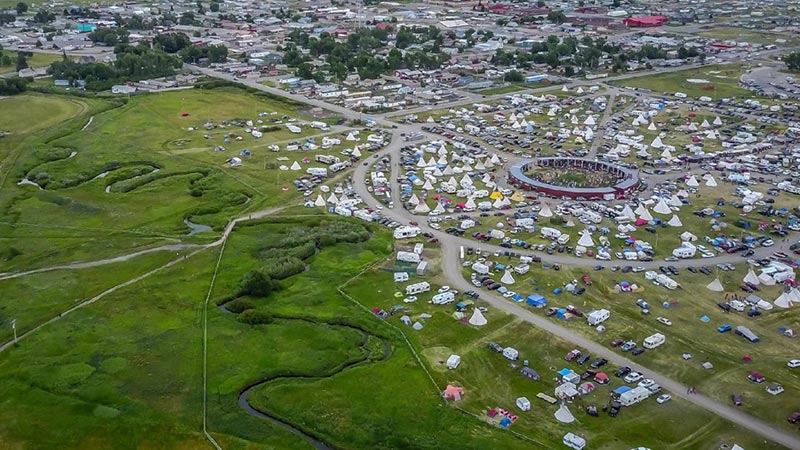
We’ve talked about the idea of bison rangelands crossing into Canada, the US, and the Blackfeet Confederacy, and possibly across Native and Non-Native farmland, presenting an opportunity to build partnerships around standards that serve everyone’s interests. You seem to leverage this process of the ARMP to build partnerships with groups such as the Wildlife Conservation Society, the Native Land Project, the Center for Large Landscape Conservation, Cornell, the University of Guelph, and others.
You’re operating in an underserved population, and so the priorities for a government becomes primarily focused on social services and being able to deliver those social services. Comprehensive planning sort of falls by the wayside when you’re dealing with a government that doesn’t have a lot of capacity. Partnerships with higher education becomes critically important, because that allows you to leverage resources, to get a lot of free labor [laughs], a lot of free research, and a lot of working boots on the ground actually doing a lot of the work that is necessary for you that under normal circumstances an organization would pay sometimes fifty, a hundred, or hundreds of thousands of dollars to gain that kind of information. As a tribal government, and certainly as the ARMP, we operate by a triple bottom line. First, everything that we do has to make correlations with how we can make sustainable economic growth through agricultural production, and through investments in the private sector. How do we utilize private production to create that middle class in the Blackfeet economy?
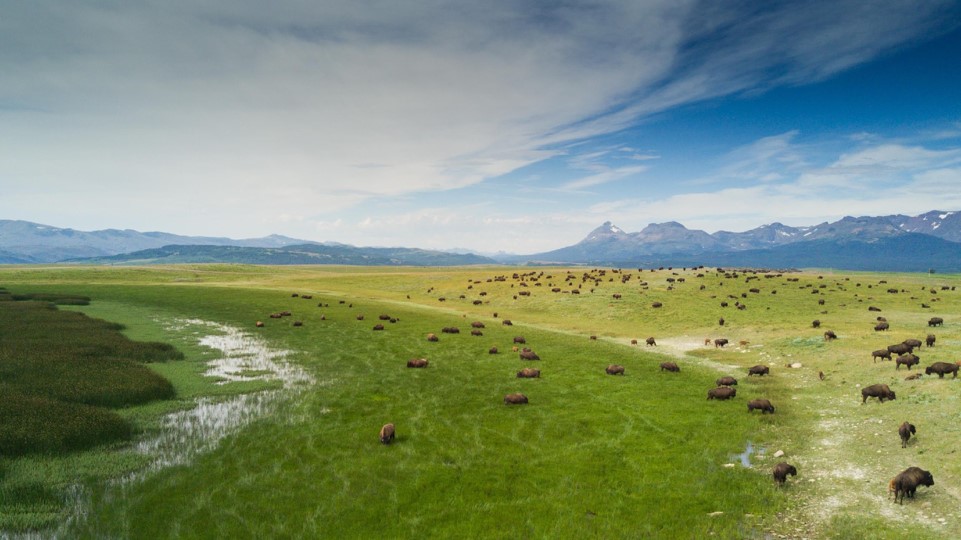
Second, how do we correlate the utilization of agricultural production with narrowing our health disparities? Indian people die seven years younger than our non-Native counterparts, and if we’re not thinking about how we utilize policy development to narrow our health disparities across the board, then we’re just not thinking. Third, how do we instill institutional knowledge and invest in our most precious resource, our young people? We know that change comes through our younger generation, so we must invest in them and begin to move toward a more sustainable and agriculture production. We’re already at the headwaters. We have the cleanest water, the cleanest grass, the cleanest production regardless of what it is that we raise here. If we take advantage of that and build upon that then I think that we’re in a much better position to grow the best agricultural products in the region and arguably in the country.
Is there is anything else you want to say about the next steps for the ARMP process, or anything else that you’re excited to share about this innovative effort?
If there is anything that I would really like to underscore it is the opportunity to partner with tribes to really do some innovative work in Indian Country. When we think about conservation across the globe, we are seeing more Western institutions moving closer to a Native school of thought and a Native approach to what it really means to think about holistic management and how you utilize natural process to inform modern day practice. I can’t underscore enough the importance for organizations to partner with tribes. Not just a tribal phone call; go out and visit. Look at our intact ecosystem. Look at our native homelands.
They’ve been kept that way at the behest and on the backs of poverty on reservations. We have the opportunity to pull people out of poverty while doing a tremendous amount of conservation and economic development that can really create something sustainable. If there is anything that I would like to emphasize especially on the western side of the aisle, it is to invest in tribes and build partnerships with tribes. Because of their quasi- sovereign status, you have the opportunity to really do pilots that you can’t do anywhere else on the planet, except maybe in undeveloped countries. The ability to partner with tribe and really do some innovative work is just very ripe. You have the opportunity to learn a lot without coming in from a controlling perspective and saying, “this is how it’s done and you have to do it like this.” If we continue to do things from a western approach then our landscape is going to look like yours, which is what we’re all trying to avoid [laughs]. Just kidding.
It would be interesting to hear more of your perspective on this conversation around Traditional Ecological Knowledge (TEK) and Western science being complementary. That’s something we have talked about in terms of mapping, and we’ve talked about information sovereignty, and something collaborators must consider through other aspects of the planning process as well.
Right, that’s why we are totally invested in partnerships where we are afforded the ability to take the lead. One of the things I presented at the United Nations Permanent Forum on Indigenous Issues was that we absolutely must develop an approach from the tribal point of view. So when I think of it from an implementation perspective, if I don’t have buy in from my producers, from my medicinal plant gatherers, from my cultural bearers, from my cultural food preparers, then I don’t have anything. And I’m not going to get that by bringing in the U.N. framework and saying “this is what we’re going to do, we’re going to do it like the U.N. does.” I would be run right out of town. I need to say, “this is the Blackfeet way, and we’re going to do it based on Blackfeet ways of knowing, Blackfeet ways of teaching, and Blackfeet ways of planning.” Otherwise I’m not going to get any buy in, and we’ll have created a plan that’s not implementable.
